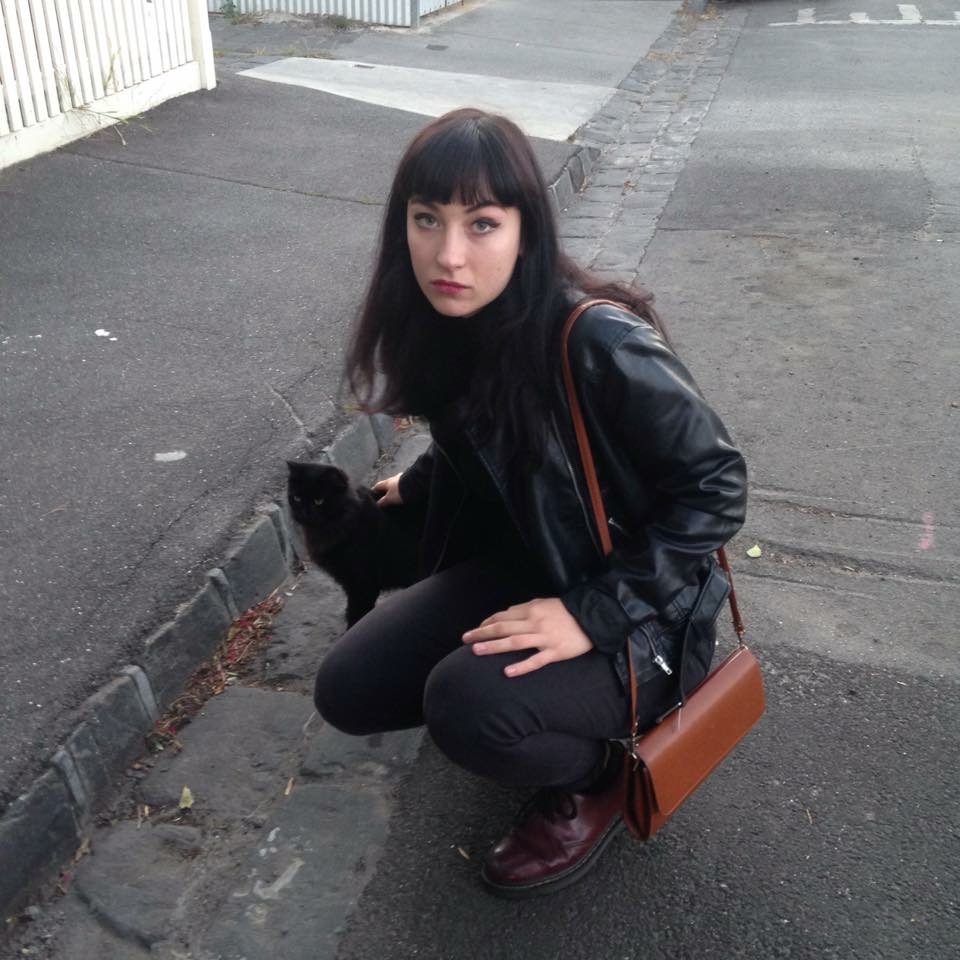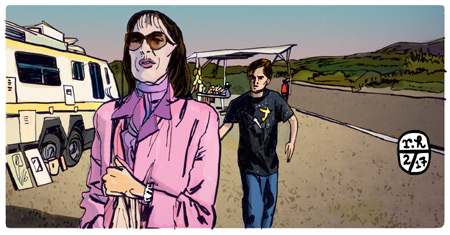LIGHTING – Lykke Li – Hard Rain
There’s a vast array of lighting sources in Lykke Li’s music video for the track Hard Rain. I’m going to analyse a few of them, as the clip features many beautifully lit scenes, thus I will have to narrow it down to . Cinematic lighting in this clip is imperative to the narrative – a music video without a linear structure, character backgrounds or dialogue needs to communicate it’s message via visual cues only, and the use of lighting conveys this.
 This opening shot sets the relationship between the lovers from the beginning. The mis-en-scene suggests that they are separated, distant but vying for a connection through the plastic border. The lighting favours Lykke Li. She remains illuminated whilst the light is refracted off the plastic and does not fall on the man. His only lighting source is the backlit window casting him into a gloomier side of the room, whilst Lykke remains emblazoned in a passionate red.
This opening shot sets the relationship between the lovers from the beginning. The mis-en-scene suggests that they are separated, distant but vying for a connection through the plastic border. The lighting favours Lykke Li. She remains illuminated whilst the light is refracted off the plastic and does not fall on the man. His only lighting source is the backlit window casting him into a gloomier side of the room, whilst Lykke remains emblazoned in a passionate red.
I think this would be achieved by lighting the room with either natural lighting in the back and using freestanding lights with red gels for the key lighting. The natural lighting could be generated by an outdoor light panel, however I think that’s a bit off brand for Lykke who often uses naturalistic sets.
 This shot occurs after the first one, Lykke climbs the stairs and stares in her mirrors reflection. The upstairs area is flooded with natural light and it seems as through she has escaped the underground area where the plastic sheet was hung. Her face is lit with television standard off-lighting; where the light hits the side of her face furthest from the camera.This is intended to bring a depth to the shot, along with highlight cheekbones, lip lines and brows. The light is soft and I think this was achieved with the help of reflectors, natural lighting and highlights.
This shot occurs after the first one, Lykke climbs the stairs and stares in her mirrors reflection. The upstairs area is flooded with natural light and it seems as through she has escaped the underground area where the plastic sheet was hung. Her face is lit with television standard off-lighting; where the light hits the side of her face furthest from the camera.This is intended to bring a depth to the shot, along with highlight cheekbones, lip lines and brows. The light is soft and I think this was achieved with the help of reflectors, natural lighting and highlights.

Finally, this shot is using wholly natural lighting and using reflectors to avoid the couple being a total silhouette. There also may be a small, diffused low light however I believe they used the light provided from the sunset. Though the screen-grabs suggest the couple are more than content together, the ending of the clip is a little more sinister. Thus, the man in the shots is always a little poorly lit compared to Lykke who is constantly highlighted throughout the video. UI believe lighting was useful in conveying this narrative arc.



